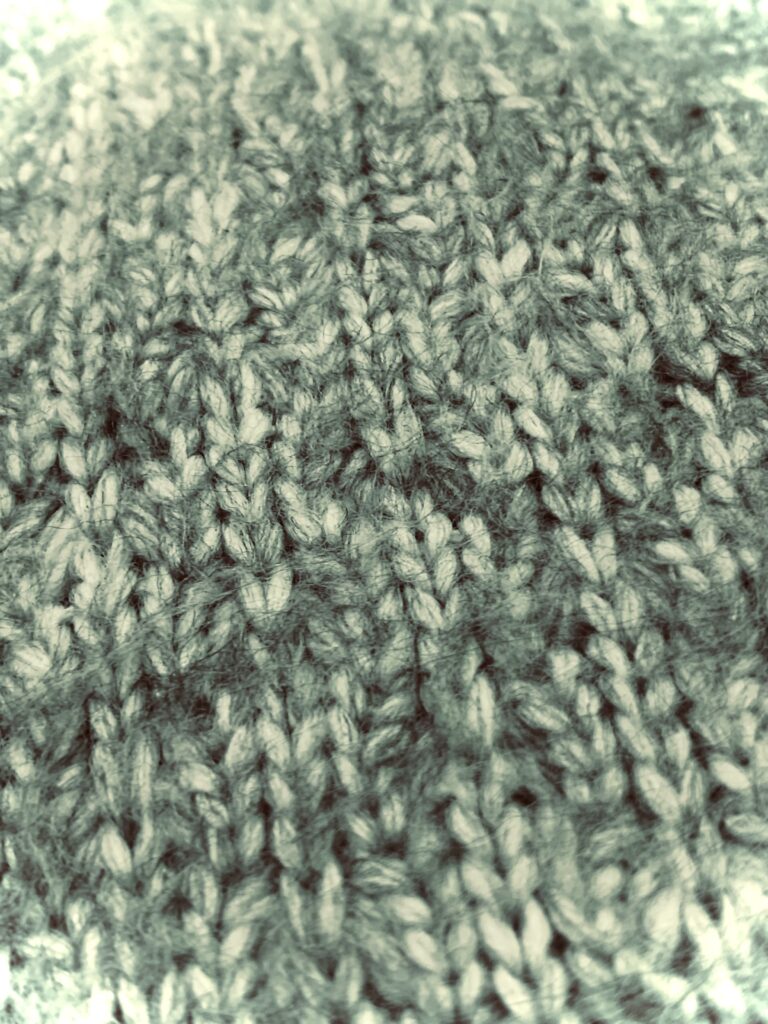Laundry day – a mundane chore turned therapeutic for some, an everlasting battle for others. You throw in a load, add detergent, and expect clean, fresh clothes in return. But what if that beloved laundry machine, especially high-efficiency and front-loading ones, becomes a breeding ground for mold, emitting volatile organic compounds (VOCs) that not only create a musty smell but can also lead to sinus headaches? Let’s delve into this laundry conundrum and uncover the moldy truth.
High-efficiency (HE) and front-loading washing machines have gained popularity for their water and energy efficiency. They spin clothes through a horizontal drum, using less water compared to their top-loading counterparts. However, their design can inadvertently lead to mold issues. These machines seal tightly to prevent water leakage, but this very design can trap moisture inside, creating the ideal breeding environment for mold.
The telltale sign of mold in your laundry machine is that unpleasant, musty odor that seems to cling to your clothes. But what causes this smell, and how does it relate to VOCs? VOCs are organic chemicals that can easily evapporate into the air, contributing to indoor air pollution. Mold, as it grows, releases VOCs, and these compounds are responsible for that pungent odor. When you open the door to your HE or front-loading machine and catch a whiff of mustiness, you’re essentially inhaling these mold-derived VOCs.
Now, let’s explore how these VOCs can be more than just an olfactory nuisance. Sinus headaches can be an unfortunate consequence of mold exposure. Mold spores, whether in the air or on your clothes, can trigger allergic reactions in some individuals. When inhaled, these tiny spores can irritate the nasal passages, leading to congestion and headaches. Sinus headaches are often characterized by a deep, throbbing pain behind the eyes or in the forehead, and they can be especially bothersom for those prone to allergies.
Two common genera of mold known for causing these musty odors in laundry machines are Aspergillus and Penicillium. Aspergillus species are ubiquitous in the environment and can thrive in moist conditions, making them a common culprit in moldy laundry situations. Penicillium, on the other hand, is known not only for its role in moldy laundry but also for its significance in the production of antibiotics.
Preventing mold growth in your HE or front-loading washer starts with good maintenance habits. Here are some tips to keep your laundry machine mold free:
- Regular Cleaning: Periodically clean the rubber gasket around the door, as mold often accumulates in its folds. Use a mixture of water and vinegar to wipe away any visible mold.
- Leave the Door Open: After each laundry cycle, leave the door ajar to allow the machine to dry completely. This discourages mold growth by reducing moisture buildup.
- Use HE Detergent: Use high-efficiency detergent, as it produces fewer suds, which can contribute to mold growth in front-loading machines.
- Clean the Detergent Dispenser: Remove and clean the detergent dispenser tray regularly, as it can also become a breeding ground for mold.
- Run an Empty Cleaning Cycle: Many HE machines have a cleaning cycle. Run it periodically with hot water and vinegar to clean the drum and hoses.
- Inspect and Replace Filters: Check and replace any filters in your machine as recommended by the manufacturer to maintain optimal performance.
- Keep the Drum Dry: Remove wet clothes promptly after each cycle to prevent moisture from lingering inside the drum.
One of the primary symptoms of mold exposure is nasal congestion. Mold spores can irritate the nasal passages and lead to inflammation. This congestion can become chronic and may evolve into a sinus infection, a condition known as sinusitis. Sinusitis occurs when the sinuses, which are normally filled with air, become blocked and filled with fluid, providing an ideal environment for bacterial growth. Symptoms of sinusitis include facial pain, pressure, and a persistent, thick nasal discharge.
It’s important to note that not everyone exposed to mold will develop allergies or sinus infections. Individuals with preexisting allergies or asthma are more susceptible to mold-related health issues. Additionally, the type of mold and the duration of exposure play significant roles in determining the severity of symptoms.

